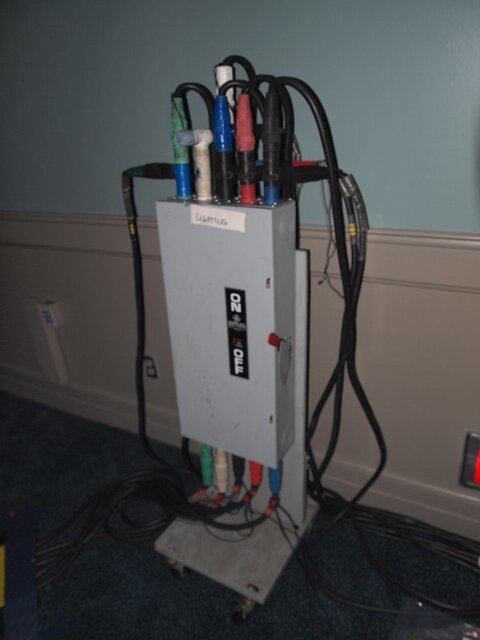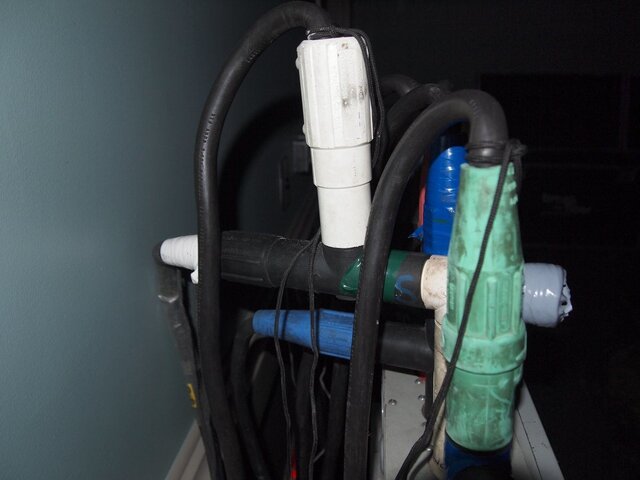Doing an event right now at a well-known convention center, and venue electrician has siamesed 2x 100Amp 3phase boxes (about 150ft away from each other) to give us 1x 200Amp service. I have calls in to electrician friends but it's getting late on a Saturday.....just want to know how stupid/dangerous this is or isn't....
He's also using a cam tee on a neutral for a few extra inches and left the 2nd male contact exposed about 4ft off the ground (this is a children's event). I electrical taped off in a pinch before doors. Again unsure of risk here.
Thanks for replies this late.
He's also using a cam tee on a neutral for a few extra inches and left the 2nd male contact exposed about 4ft off the ground (this is a children's event). I electrical taped off in a pinch before doors. Again unsure of risk here.
Thanks for replies this late.




